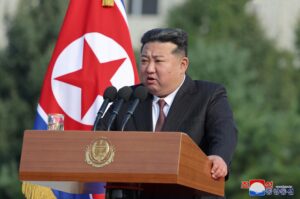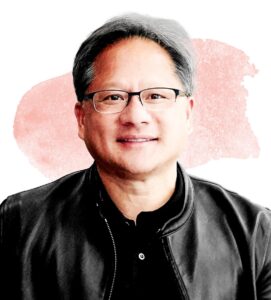In the automotive world, legends often emerge from humble beginnings, and Osamu Suzuki was a testament to that narrative. A visionary who transformed a small Japanese motorcycle and minicar manufacturer into a global automotive powerhouse, Suzuki’s journey epitomized strategic leadership and industrial innovation. As news of his passing at 94 reverberates through corporate corridors and automotive circles, his legacy stands as a remarkable chronicle of entrepreneurial achievement and strategic transformation. In the annals of automotive history, few leaders have left as profound a mark as Osamu Suzuki, the visionary who transformed a small Japanese motorcycle and minicar manufacturer into a global automotive powerhouse. Throughout his remarkable tenure, Suzuki navigated complex industrial landscapes, strategic challenges, and technological shifts with remarkable precision and foresight.
Beginning his leadership journey in the 1960s, Osamu Suzuki recognized early that compact, efficient vehicles would become increasingly critical in a world facing rising fuel costs and urbanization. His strategic vision centered on developing lightweight, affordable automobiles that could penetrate markets worldwide, particularly in developing economies where cost-effectiveness was paramount.
Under his guidance, Suzuki Motor Corporation expanded beyond Japan’s borders, establishing manufacturing facilities in India, Indonesia, and other emerging markets. These calculated moves positioned the company as a leader in affordable transportation, particularly in regions with growing middle-class populations seeking reliable, economical vehicles.
The company’s breakthrough came with iconic models like the Suzuki Alto and Swift, which became global bestsellers. These compact cars embodied Suzuki’s philosophy of combining practicality, fuel efficiency, and affordability—principles that resonated with consumers across continents.
Beyond automobile manufacturing, Osamu Suzuki was instrumental in developing Suzuki’s motorcycle and marine engine divisions, creating a diversified portfolio that cushioned the company against market fluctuations. His leadership style emphasized innovation, cost management, and adaptability.
Throughout challenging economic periods, including Japan’s prolonged economic stagnation and global financial crises, Suzuki maintained the company’s competitive edge through strategic restructuring and continuous technological investment. He understood that survival meant constant evolution.
Notably, Suzuki’s international expansion strategy differed from many Western automotive giants. Instead of aggressive acquisitions, he focused on collaborative partnerships and localized manufacturing, which allowed deeper market penetration and cultural adaptation.
His commitment to research and development was evident in Suzuki’s early embrace of hybrid technologies and small-engine efficiency. Long before environmental concerns became mainstream, Osamu Suzuki was engineering vehicles with reduced carbon footprints.
As chairman emeritus, he continued influencing the company’s strategic direction even after stepping down from active management. His legacy extends beyond corporate achievements—he represented a generation of Japanese industrial leaders who rebuilt their nation’s economic landscape post-World War II.
Osamu Suzuki’s passing marks the end of an era, leaving behind a global automotive empire that began with a modest vision of creating transportation solutions for everyday people. His life’s work demonstrates how strategic thinking, cultural understanding, and relentless innovation can transform a small enterprise into a multinational corporation.










